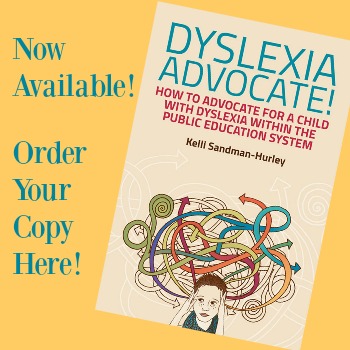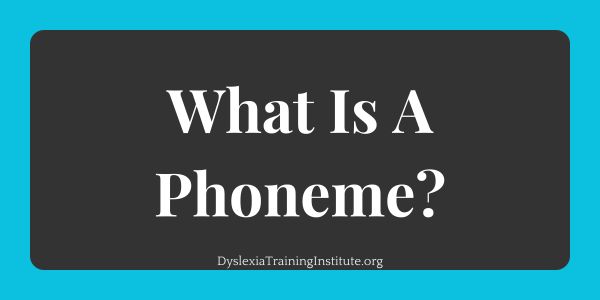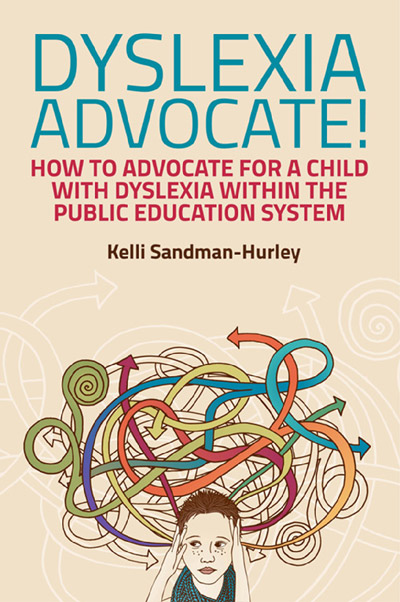
Data data data! Eligibility decisions and progress should be based on more than cold hard quantitative data because there is the equally important qualitative data that is more often than not, completely ignored in the decision making process. Qualitative data can include observations, miscue analysis, writing samples and observations of performance in timed and untimed situations.
Qualitative Data at the IEP Meeting
Most IEP meetings follow a general schedule. First, everyone introduces themselves and maybe someone brought some snacks to share and talk about. There is usually some small talk and then the meeting facilitator will start off by saying some nice things about the student (this has even happened when the facilitator had never met the student). For initial IEP meeting, the team will then dive into the standardized testing that was conducted and it usually sounds something like this:
Nathan had a standard score of 95 in this and an 89 in that and a 100 in that and 75 this and when we look at the scores combined, he is the average range.
But herein lies a major problem, standardized assessments also provide an opportunity for the tester to notice and report on testing behavior and in the case of assessments, like the commonly administered GORT-5, the very important miscue analysis if almost never reported. Here are some questions to ask to get that information on the table:
1. “I noticed that my son scored in the average range and low average ranges on the GORT-5, but I am curious, do you have the qualitative data for that test? It’s the miscue analysis chart that is included in both the testing manual and the testing booklet? I believe it states, ‘the booklet allows the examiner to conduct an oral reading miscue analysis and note other reading behavior displayed by the examinee.’(page 3, GORT-5).
Here is an example of a GORT-5 miscue analysis that should be included in the report of scores and the extremely important information that can be collected from it:
An analysis of Nathan’s miscues during reading is important qualitative information and provides evidence that he is struggling with the underlying structure of the English language. Nathan made the following miscues while reading the passages in the GORT-5:
- went for want –
- other for our
- rough for roof
- but for by
- for for roof
- waits for always
- and for a
- goes for got
- present for pretty
- that for his
- used for under
- grill for girl
- friend for father
- logged for laughed
- him for I am
Nathan’s miscues were usually a result of his guessing at words. He did not make an attempt to figure out how the grapheme/phoneme relationship would affect the pronunciation (decoding) of the word. Nathan did not demonstrate any understanding of the structure of the English language and he did not self-correct when the word did not make sense in the sentence. So, do we still think we have not identified a need for Nathan?
You should also be aware that the GORT-5 also includes sections to report other reading behaviors such as:
- posture
- word-by-word reading
- poor enunciation
- disregard of punctuation
- head movement
- finger pointing
- Loss of place
- Nervousness
- Poor attitude
- Other
Lastly, there is a place to report the following observations about prosody:
- Expression
- Volume
- Phrasing
- Smoothness
- Pacing
Don’t forget you can request a copy of the complete educational record which should include a copy of the test booklet where the miscues should have been marked by the examiner.
2. “I noticed that Allison scored average on the phonological processing and phonological memory subtests, can you tell me what you observed about her behavior during those tests? I know it is not timed, did she take a long time before answering or did she rush?”
In his book, Dyslexia Screening: Essential Concepts for Schools & Parents, Dr. Richard Selznick does an excellent job describing how he writes tick marks next to each task during an assessment like the CTOPP-2 to help him remember that the even though the student may have provided the correct answer it took them longer to process the question and answer. That type of information should either be included in the report or shared at the IEP meeting, which you should be recording. This type of information lets us know if the student is in need or more time to process information and/or if the information is hard for her access even if she is eventually answering correctly. This type of additional processing can affect comprehension due to cognitive energy being spent on phonological awareness and/or decoding.
3. “The standard scores that were reported are not really commensurate with what we observe at home and what his report cards are describing. So, I would like to share with you a recording I have of my son reading an assignment that was sent home this week (have this reading and cued up). I am also submitting a homework log that we have collected for the last week.
|
Homework Log |
|||
|
Date |
Assignment |
Amount of Time to Complete |
Notes |
| April 1 |
Study for Spelling Test – 20 words |
60 Minutes |
Spelled 16 words correctly on test – cannot spell the same words two weeks later |
| April 3 |
Write a paragraph about an animal of student’s choice |
45 Minutes |
Zoe was able to dictate a coherent and grammatically sophisticated paragraph but she wrote with limited vocabulary and was obviously frustrated. She could do this independently. |
| April 3 | Complete a sheet for 25 math facts – addition/subtraction | Completed in 10 minutes | Zoe had no trouble with this task and completed it independently. |
(Dyslexia Advocate!: How to Advocate for a Child with Dyslexia within the Public Education System, 2016)
4. “My daughter, Anna, is having significant difficulty with spelling as evidenced by her spelling tests. I would like to take a moment to take a look at her spelling mistakes and see if we can identify what the spelling mistakes are telling us about she understands about English. Spelling is a life skill and part of written expression so in an effort to make sure she does not become only half-literate, I brought the following example from a recent spelling test:
exspect for expect
shere for sure
enough for enuf
ununifi for unify
electrishity for electricity
The team should be able to identify the following weaknesses. In the word <exspect> Anna is actually doing a great job with phonological awareness by being able to hear all the phones involved in the pronunciation of <x> but she does not understand that the /ks/ is represented by <x>. Furthermore, when she is presented with complex spelling rules, such as the /sh/ phoneme of <s> in <sure> and the spelling principle of an English word not ending in a final <i> in <unify>. She also does not understand spelling principles that can include three graphemes representing the one phoneme. For example, in <enough>, Anna does not understand that <ugh> represents /f/ in <enough>.
The point is the cold hard scores do not tell the entire story and Sec. 300.306 of IDEA does state that:
(i) Draw upon information from a variety of sources, including aptitude and achievement tests, parent input, and teacher recommendations, as well as information about the child’s physical condition, social or cultural background, and adaptive behavior; and
(ii) Ensure that information obtained from all of these sources is documented and carefully considered.
So make sure you read through the assessment prior to the meeting and prepare the requests for qualitative information. If this information is not available, then request it. Qualitative data is descriptive information about an individual. Since IEPs are required to individualized, it seems perfectly natural to include this information during any decision making process.





